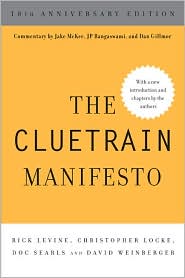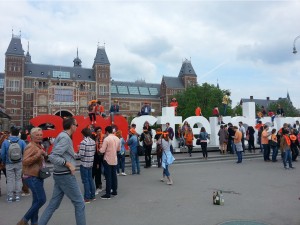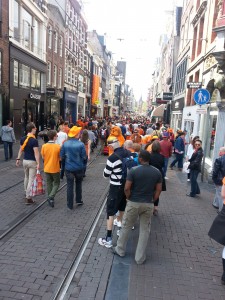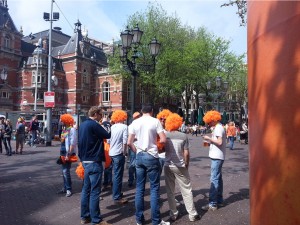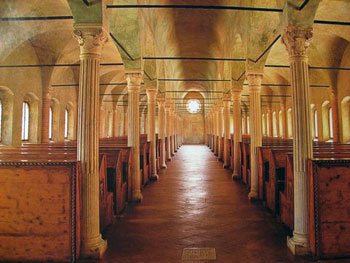May 16, 2018
Banks everywhere
I just took a 45 minute walk through Berlin and did not pass a single bank. I know this because I was looking for an ATM.
In Brookline, you can’t walk a block without passing two banks. When a local establishment goes out of business, the chances are about 90 percent that a bank is going to go in. The town is now 83 percent banks.[1]
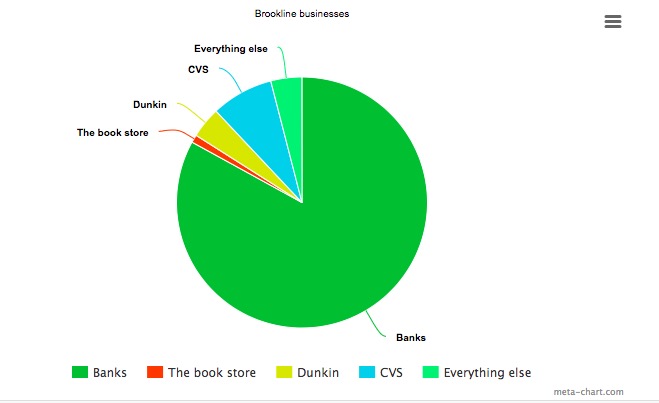
Lovely.
[1] All figures are approximate.



